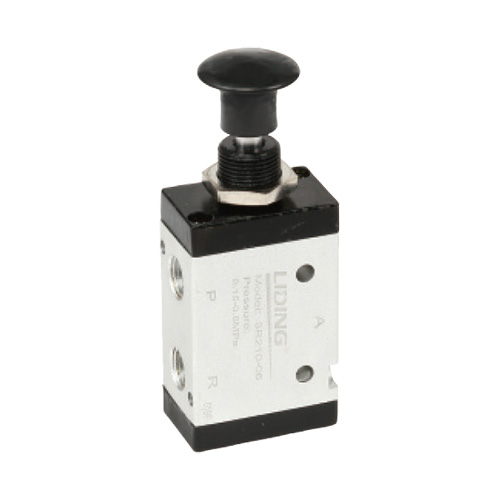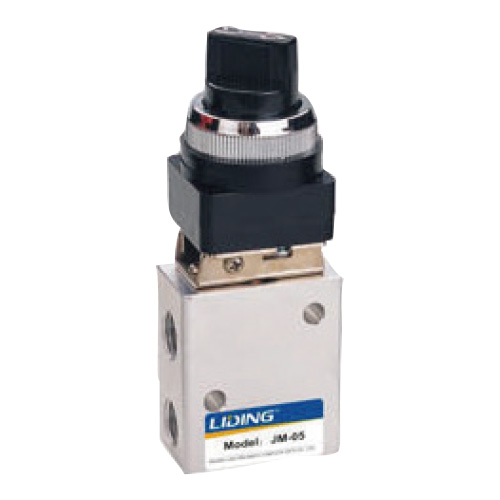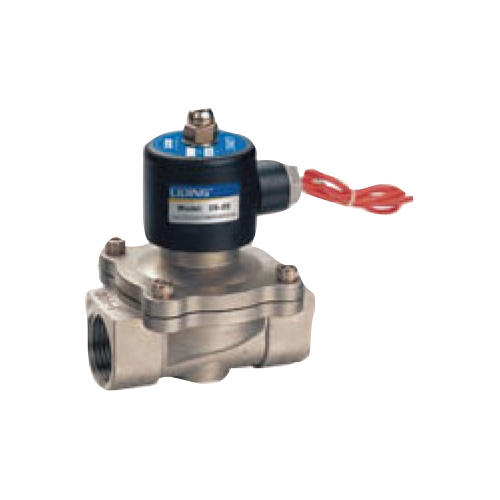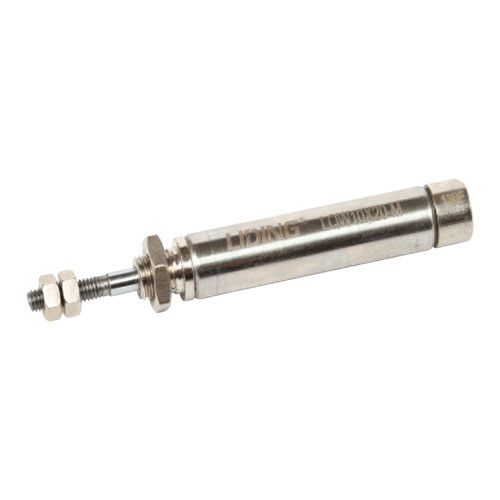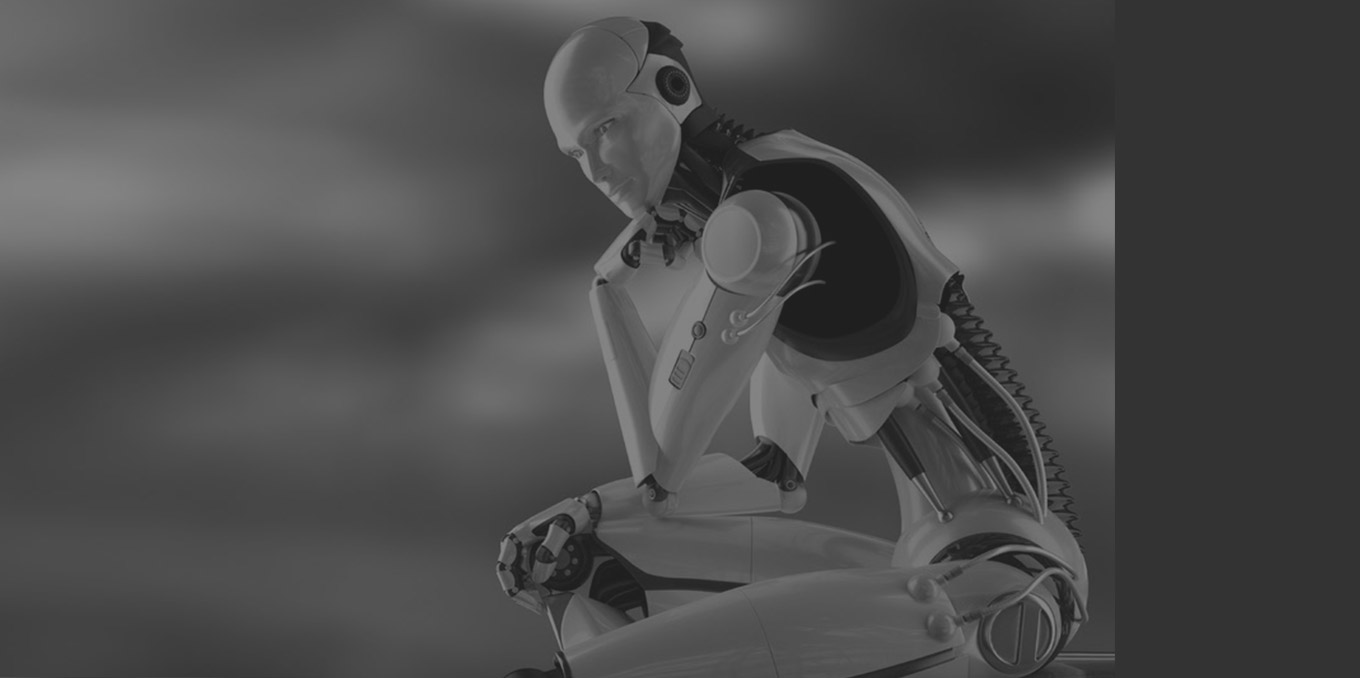Structural Features and Uses of Stainless Steel Mini Pneumatic Cylinder
The dust removal cylinder is a supporting product of th […]
The dust removal cylinder is a supporting product of the offline valve of the offline dust removal equipment. It is suitable for all walks of life. It can also be used in the ventilation butterfly valve of the duct vent of the dust collector. The general cylinder of the dust collector is generally divided into front flange, rear single ear, rear double ear, There are four kinds of extension rods, and the four can also be interspersed to match.
The structure of the cylinder
(1) The end cover is equipped with intake and exhaust ports, and the cylinder oil is also equipped with a buffer mechanism in the end cover. The rod side end cover is equipped with a sealing ring and a dust ring to avoid air leakage from the piston rod and avoid internal dust from mixing into the cylinder. The rod side end cover is equipped with a guide sleeve to improve the guide accuracy of the cylinder, accept a large number of lateral loads on the piston rod, reduce the amount of bending when the piston rod extends, and extend the service life of the cylinder. The guide sleeve usually uses sintered oil-bearing alloy and forward-leaning copper castings. For the end caps, malleable cast iron is commonly used. Nowadays, aluminum alloy die-casting is often used for heavy weight and anti-rust, and brass materials are used for micro cylinders.
(2) Cylinder
The inner diameter of the cylinder represents the input force of the cylinder. The piston should make bumpy reciprocating sliding in the cylinder, and the surface roughness of the inside and outside of the cylinder should reach Ra0.8um. For steel pipe cylinders, the inner and outer surfaces should also be plated with hard chromium to reduce frictional resistance and wear, and to avoid corrosion. The cylinder barrel is made of high-strength aluminum alloy and brass in addition to high-carbon steel pipe. Small cylinders use stainless steel pipes. For cylinders with magnetic switches or cylinders used in corrosion-resistant environments, the cylinder barrel should be made of stainless steel, aluminum alloy, or brass.
(3) Piston
The piston is the pressure part in the cylinder. In order to avoid air blow-by between the left and right cavities of the piston, a piston sealing ring is provided. The wear-resistant ring on the piston can improve the guidance of the cylinder, increase the wear of the piston sealing ring, and increase the friction resistance. The wear-resistant ring length uses materials such as polyurethane, polytetrafluoroethylene, and cloth decomposing resin. The width of the piston is determined by the size of the seal ring and the necessary partial length of sliding. If the sliding part is too short, it is easy to cause late wear and seizure. The material of the piston is usually aluminum alloy and cast iron, and the piston of the small cylinder is made of brass.
(4) Piston rod
The piston rod is the most important part of the cylinder. Usually use high-carbon steel, the exterior is treated with hard chrome plating, or stainless steel is used to prevent corrosion and improve the wear resistance of the sealing ring.
(5) Sealing ring
The sealing of parts at the rotating or reciprocating movement is called dynamic sealing, and the partial sealing of moving parts is called static sealing. The connection methods of cylinder barrel and end cover are important in the following ways:
Whole type, cylinder riveting type, threaded connection type, location. Click nblida.com to know more information.


